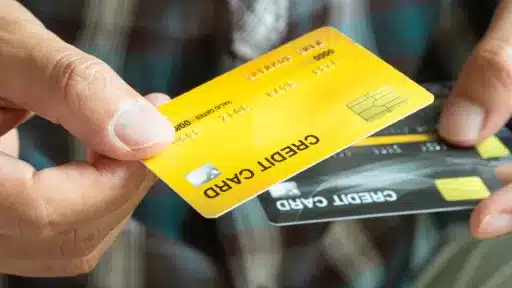Understanding what is a cash advance on a credit card is crucial in today’s fast-paced financial environment. As unexpected expenses arise and immediate cash needs become common, many consumers turn to their credit cards for quick cash. However, despite its convenience, a cash advance often comes with higher costs and risks, making it vitally important to grasp how it works before tapping into this option.
What Is a Cash Advance on a Credit Card?
A cash advance on a credit card is a financial service that allows cardholders to withdraw cash, usually from an ATM or bank, by borrowing money from their available credit limit. Unlike regular purchases, a cash advance provides immediate cash but often at a higher cost and with different terms.
How Does a Cash Advance Work?
When you take a cash advance, you’re essentially borrowing money against your credit line, but instead of paying for a product or service, you receive physical cash. This cash can be withdrawn from ATMs, bank teller windows, or through convenience checks offered by some issuers.
Key Features of a Cash Advance:
- Immediate Access to Cash: Provides quick funds when you need liquidity.
- Separate from Purchase Transactions: Does not require merchants and is processed differently.
- Interest Starts Immediately: Unlike regular purchases, interest on cash advances accrues from the day you withdraw.
- Higher Fees and Interest Rates: Typically comes with steep fees and higher APRs compared to normal credit card purchases.
Why Is Understanding What Is a Cash Advance on a Credit Card Important?
Many consumers resort to cash advances during emergencies or cash shortages without fully understanding the financial implications. This can lead to increased debt, higher interest charges, and longer repayment periods. Being informed helps you avoid surprises and manage your money more wisely.
Common Uses of Cash Advances
- Emergency cash needs when bank accounts or debit cards are inaccessible.
- Immediate funding for expenses where credit cards aren’t accepted.
- Short-term liquidity for urgent bills or situations.
Costs Associated with a Cash Advance
Knowing what costs to expect helps you decide if a cash advance is worth it. Here are key charges commonly involved:
- Cash Advance Fee: Usually around 3% to 5% of the amount withdrawn or a fixed minimum fee, whichever is greater.
- Higher Interest Rates: Cash advances often have higher APRs than regular purchases, sometimes 5% to 10% more.
- No Grace Period: Interest charges begin immediately from the date of withdrawal with no interest-free period.
Example
If you withdraw $500 with a 5% cash advance fee, you pay $25 upfront. If your cash advance APR is 25%, you will start accruing interest daily. Unlike regular purchases, you don’t have 21-25 days before interest begins.
Pros and Cons of a Cash Advance on a Credit Card
Pros
- Fast and convenient access to cash.
- Available 24/7 via ATMs or bank branches.
- Can be helpful in financial emergencies.
Cons
- High fees and interest rates can increase debt quickly.
- No grace period means immediate interest accrual.
- Withdrawals reduce your available credit limit faster.
- Excessive use can negatively impact credit score.
Alternatives to a Cash Advance
If possible, explore these options before taking a cash advance to reduce borrowing costs and protect your financial health:
- Personal Loans: Often have lower rates and longer repayment terms.
- Borrowing from Friends or Family: May provide interest-free help.
- Using a Debit Card: Directly access your bank funds.
- Credit Card Balance Transfers: Transfer balances to cards with lower interest rates.
Tips to Use Cash Advances Wisely
- Only use cash advances for true emergencies.
- Pay off cash advance balances as quickly as possible.
- Understand your card’s terms and fees before withdrawing.
- Consider alternatives to avoid high fees and interest.
In summary, knowing what is a cash advance on a credit card helps you make informed decisions when accessing quick cash. While it’s a helpful feature in emergencies, it comes with steep costs that can escalate your debt. Being educated on its mechanics, fees, and alternatives empowers you to protect your financial well-being in unpredictable times.


